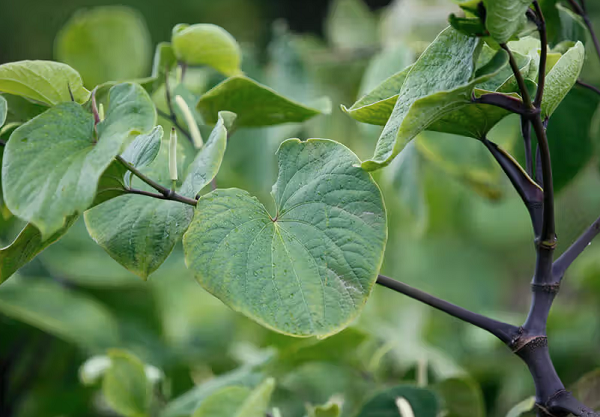Usage And Synthesis
Kava Kava is a tropical shrub belonging to the family Piperaceae. It is widely cultivated for its rootstock in three geographic regions of the Pacific: Polynesia, Melanesia, and Micronesia, although it is also widely cultivated in North African countries such as Morocco, Tunisia, Egypt, etc., where it is used as a ritual beverage to promote relaxation and a sense of well-being. Approximately 2.2 million Americans used Kava Kava as a natural alternative to antianxiety drugs, used as a diuretic and antiseptic, and it has been reported to help children with hyperactivity. The recommended oral dose for usage of Kava Kava as an anxiolytic is 50–70 mg of kavalactones two to four times a day and, as a hypnotic, 150–210 mg in a single oral dose before bedtime. The active principles of Kava Kava rootstock are mostly contained in the lipid-soluble resin, which is generally grouped into categories, namely: arylethylene-apyrones, chalcones and other flavanones, and conjugated diene ketones. The compounds of greatest pharmacological interest are the substituted α-pyrones or Kava pyrones, commonly known as kavalactones. Fifteen lactones have been isolated from Kava Kava rootstock, of which six are present in the highest concentrations and account for approximately 96% of the lipid resin. These are yangonin, methysticin, dihydromethysticin, kavain, dihydrokavain, and desmethoxyyangonin.

Kava is the most commonly cited herb related to liver toxicity. Kava, an herbal sedative with antianxiety or calming effects, is prepared by extracting the rhizomes of Piper methysticum, a South Pacific plant. The active ingredients of the plant, known as kavalactones, are found mostly in the rhizomes. Early scientific research indicated that kava was as efficacious as antidepressant drugs and tranquillizers in treating anxiety disorders. In fact, kava extracts were considered safe alternatives to drug therapy for treating anxiety disorders before 1998. However, by 2003, 11 cases of hepatic failure had been reported related to the use of kava, including 7 patients requiring liver transplantation and 4 deaths. In 2003, kava was banned in the European Union and Canada, and the FDA issued another warning. By 2009, more than 100 cases of hepatotoxicity had been linked to kava exposure. Many have followed co-ingestion with alcohol, which appears to potentiate the hepatoxicity.
Preparation Products And Raw materials
Preparation Products
Related Product Information
- GYNOSTEMMA PENTAPHYLLUM P.E.
- CHARANTIN(NEW)(P)
- Quercetin dihydrate
- Glycerides, C14-18 and C16-22-unsatd.
- Panax Ginseng extract
- Silymarin
- Magnesium stearate
- Cinnamon Bark P.E.
- Eurycoma longifolia powder extract
- Zizyphus spinosa Jujubosides
1of4
PROMPT×
PROMPT
The What'sApp is temporarily not supported in mainland China
The What'sApp is temporarily not supported in mainland China
Cancel
Determine